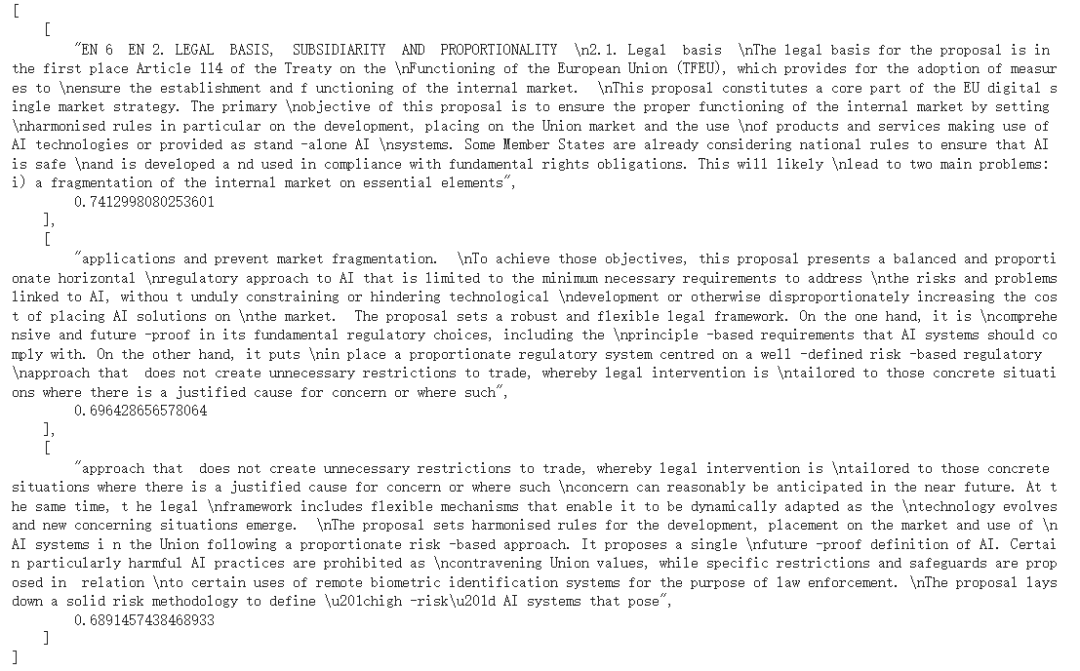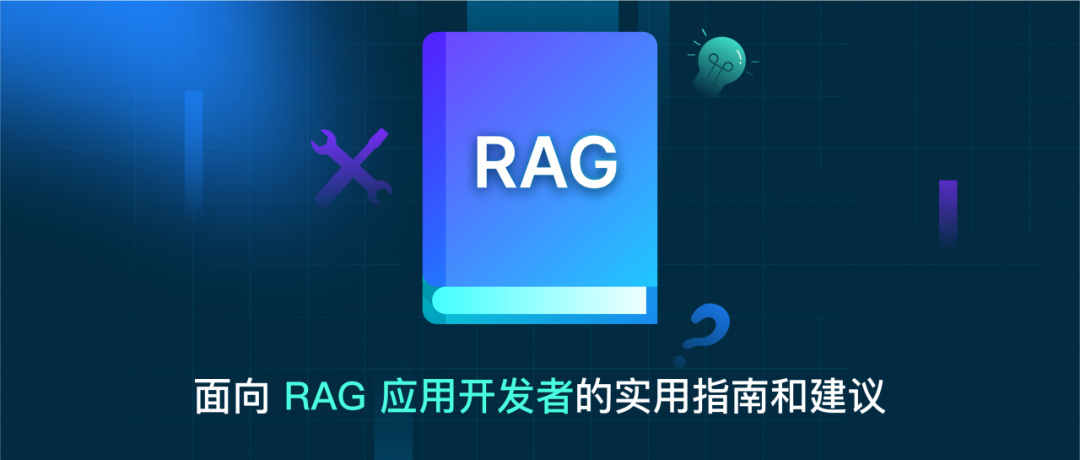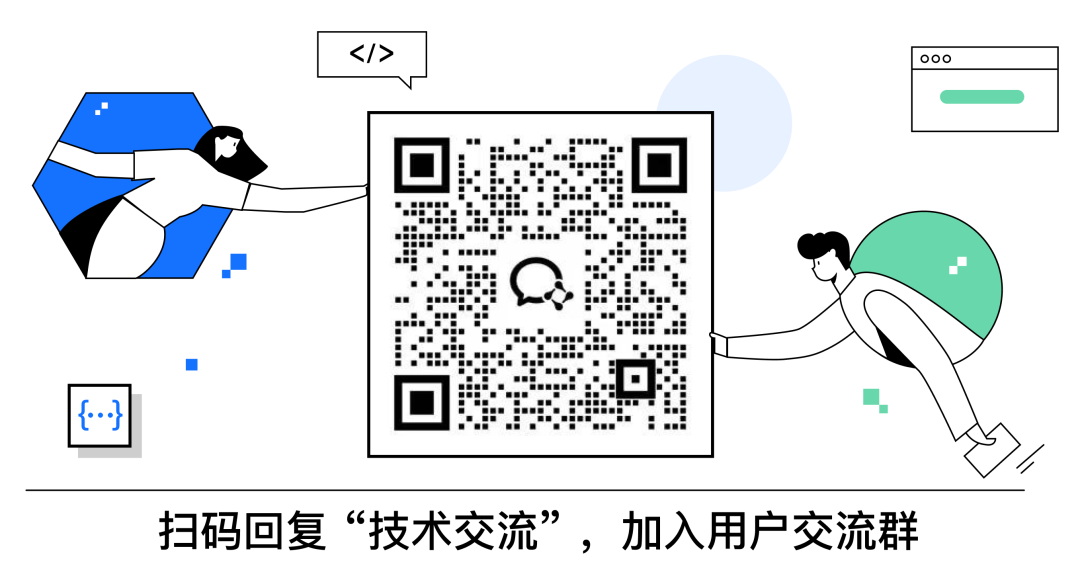

Milvus 是一个广受欢迎的开源向量数据库,为人工智能应用提供高性能和可扩展的向量相似性搜索。在本教程中,我们将向您展示如何使用 Hugging Face 和 Milvus 构建 RAG(检索增强生成)流程。
RAG 系统将检索系统与 LLM 相结合。该系统首先使用向量数据库 Milvus 从语料库中检索相关文档,然后使用 Hugging Face 的 LLM 根据检索到的文档生成回答。
01.
准备
依赖环境关系
! pip install --upgrade pymilvus sentence-transformers huggingface-hub langchain_community langchain-text-splitters pypdf tqdm如果您使用 Google Colab,要启用刚刚安装的依赖项,您可能需要 重新启动运行时(单击屏幕顶部的“运行时”菜单,然后从下拉菜单中选择“重新启动会话”) 。
另外,我们建议您配置您的Hugging Face User Access Token,并将其设置在您的环境变量中,因为我们将使用 Hugging Face Hub 的 LLM 。如果不设置 token 环境变量,您可能会受到较低的请求速率限制。
import osos.environ["HF_TOKEN"] = "hf_..."准备数据
我们使用AI Act PDF作为我们 RAG 中的私有知识。这是一个针对人工智能的监管框架,具有不同风险级别,对应或多或少的监管。
%%bashif [ ! -f "The-AI-Act.pdf" ]; thenwget -q https://artificialintelligenceact.eu/wp-content/uploads/2021/08/The-AI-Act.pdf
fi我们使用 LangChain 的 PyPDFLoader 从 PDF 中提取文本,然后将文本拆分为更小的块。默认情况下,我们将块大小设置为 1000,重叠设置为 200,这意味着每个块将有近 1000 个字符,两个块之间的重叠将是 200 个字符。
from langchain_community.document_loaders import PyPDFLoaderloader = PyPDFLoader("The-AI-Act.pdf")
docs = loader.load()
print(len(docs))
from langchain_text_splitters import RecursiveCharacterTextSplittertext_splitter = RecursiveCharacterTextSplitter(chunk_size=1000, chunk_overlap=200)
chunks = text_splitter.split_documents(docs)text_lines = [chunk.page_content for chunk in chunks]准备 embedding 模型
定义一个函数来生成文本 embedding。我们使用BGE embedding模型 作为示例,但您也可以将其更改为任何其他 embedding 模型,例如在MTEB排行榜上选择。
from sentence_transformers import SentenceTransformerembedding_model = SentenceTransformer("BAAI/bge-small-en-v1.5")def emb_text(text):return embedding_model.encode([text], normalize_embeddings=True).tolist()[0]生成测试 embedding 并打印其大小和前几个元素。
test_embedding = emb_text("This is a test")
embedding_dim = len(test_embedding)
print(embedding_dim)
print(test_embedding[:10])
02.
将数据加载到Milvus中
创建 collection
from pymilvus import MilvusClientmilvus_client = MilvusClient(uri="./hf_milvus_demo.db")collection_name = "rag_collection"对于 MilvusClient 的参数:
将 uri 设置为本地文件,例如 ./hf_milvus_demo.db ,是最方便的方法,因为它会自动使用 Milvus Lite 将所有数据存储在此文件中。
如果您有大量数据,例如超过一百万个向量,您可以在 Docker 或 Kubernetes 上设置性能更高的 Milvus 服务器。在此设置中,请使用服务器 uri,例如 http://localhost:19530 作为您的 uri 。
如果您想使用 Milvus 的全托管云服务 Zilliz Cloud ,请调整 uri 和 token,分别对应 Zilliz Cloud 中 Public Endpoint 和 Api key 。
检查 collection 是否已存在,如果存在则将其删除。
if milvus_client.has_collection(collection_name):milvus_client.drop_collection(collection_name)使用指定参数创建一个新 collection。
如果我们不指定任何字段信息,Milvus 会自动创建一个默认的 id 字段作为主键,并创建一个 vector 字段来存储向量数据。保留的 JSON 字段用于存储未定义 schema 的字段及其值。
milvus_client.create_collection(collection_name=collection_name,dimension=embedding_dim,metric_type="IP", # Inner product distanceconsistency_level="Strong", # Strong consistency level
)插入数据
迭代文本行,创建 embedding,然后将数据插入到 Milvus 中。
这是一个新字段 text,它是 collection schema 中的未定义字段。它将自动添加到保留的 JSON 动态字段中,从更高的层次看来,它可被视为普通字段。
from tqdm import tqdmdata = []for i, line in enumerate(tqdm(text_lines, desc="Creating embeddings")):data.append({"id": i, "vector": emb_text(line), "text": line})insert_res = milvus_client.insert(collection_name=collection_name, data=data)
insert_res["insert_count"]

03.
构建RAG
检索查询数据
让我们具体指定一个有关该语料的问题。
question = "What is the legal basis for the proposal?"在 collection 中搜索问题并检索语义前 3 个匹配项。
search_res = milvus_client.search(collection_name=collection_name,data=[emb_text(question)], # Use the `emb_text` function to convert the question to an embedding vectorlimit=3, # Return top 3 resultssearch_params={"metric_type": "IP", "params": {}}, # Inner product distanceoutput_fields=["text"], # Return the text field
)我们来看看查询的搜索结果
import jsonretrieved_lines_with_distances = [(res["entity"]["text"], res["distance"]) for res in search_res[0]
]
print(json.dumps(retrieved_lines_with_distances, indent=4))
使用 LLM 获取 RAG 回答
context = "\n".join([line_with_distance[0] for line_with_distance in retrieved_lines_with_distances]
)定义语言模型的提示词。该提示与从 Milvus 检索到的文档组合在一起。
PROMPT = """
Use the following pieces of information enclosed in <context> tags to provide an answer to the question enclosed in <question> tags.
<context>
{context}
</context>
<question>
{question}
</question>
"""我们使用部署在 Hugging Face 推理服务上的 Mixtral-8x7B-Instruct-v0.1 根据提示词生成响应。
from huggingface_hub import InferenceClientrepo_id = "mistralai/Mixtral-8x7B-Instruct-v0.1"llm_client = InferenceClient(model=repo_id, timeout=120)我们设置提示词格式并生成最后的回答。
prompt = PROMPT.format(context=context, question=question)answer = llm_client.text_generation(prompt,max_new_tokens=1000,
).strip()
print(answer)
恭喜!您已经使用 Hugging Face 和 Milvus 构建了 RAG 流程。
作者介绍

张晨
Zilliz Algorithm Engineer
推荐阅读




